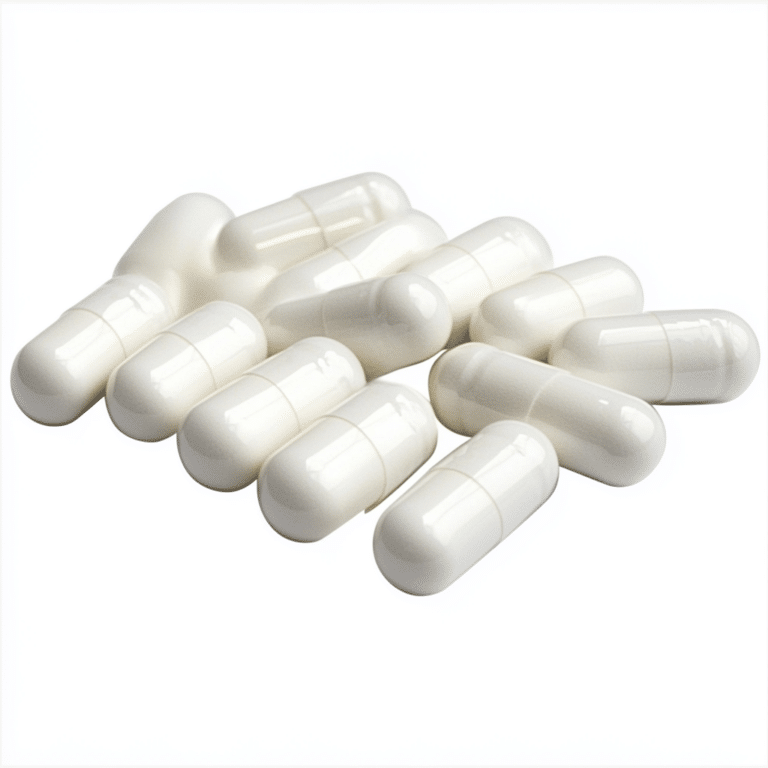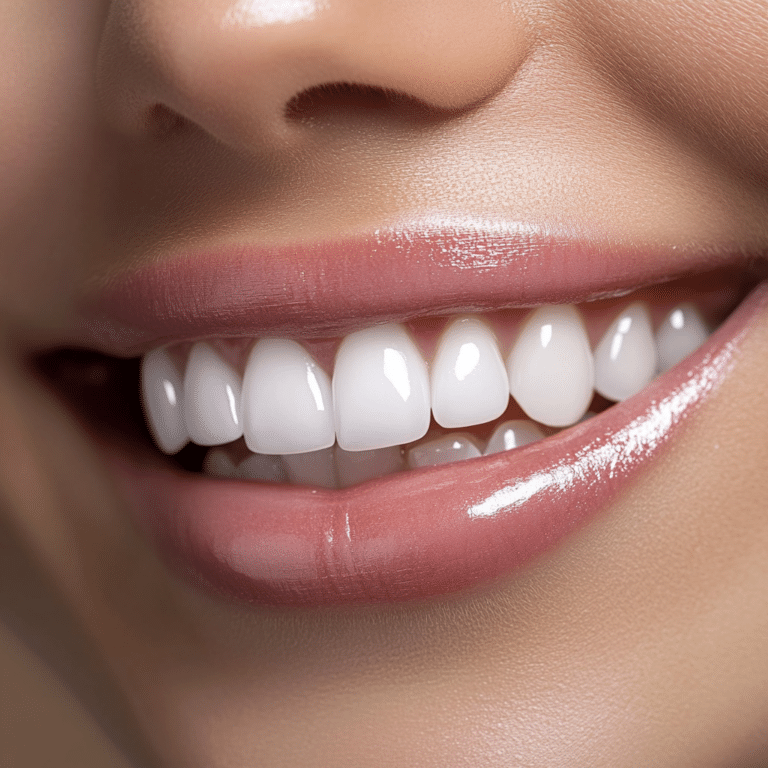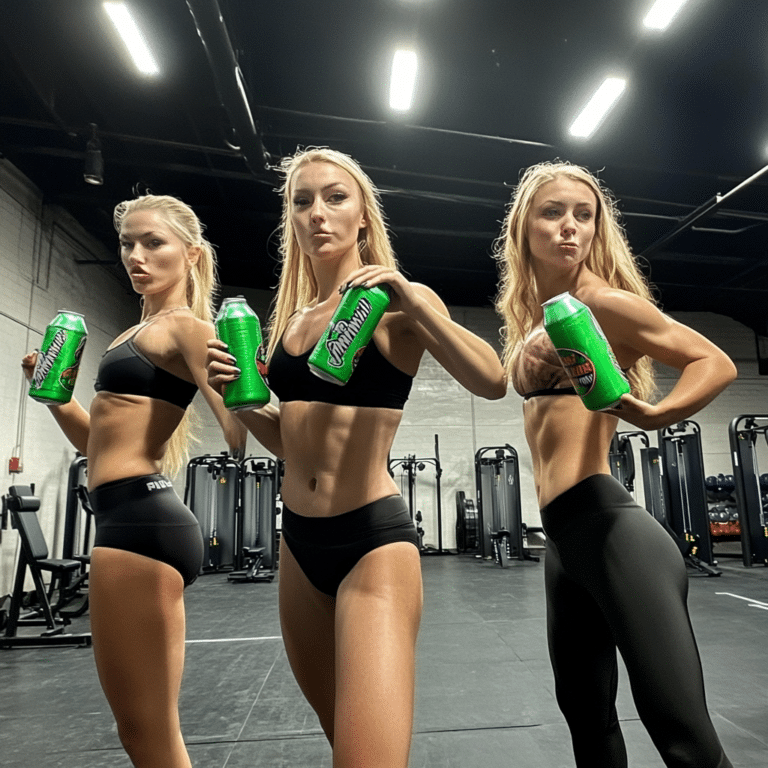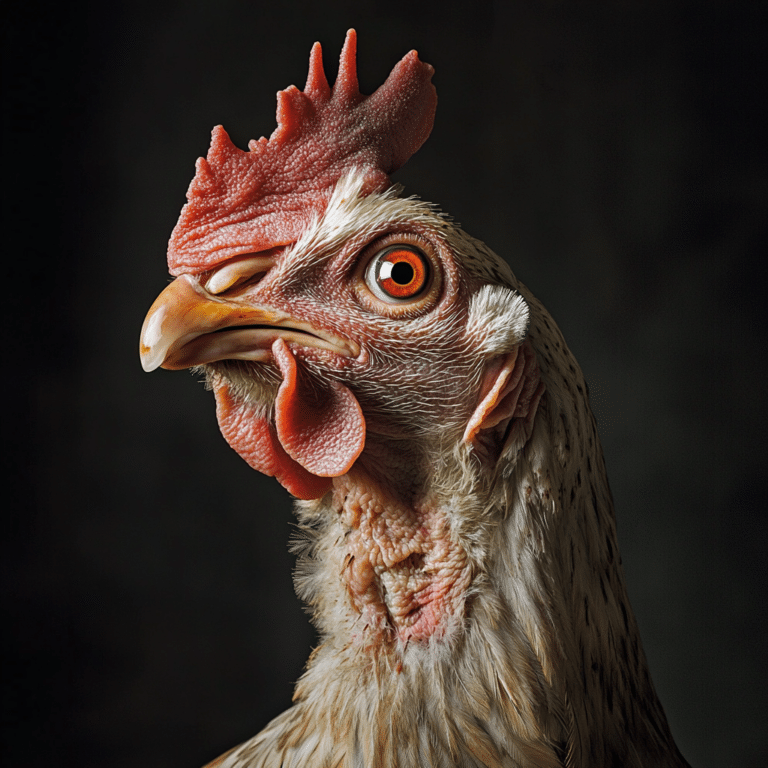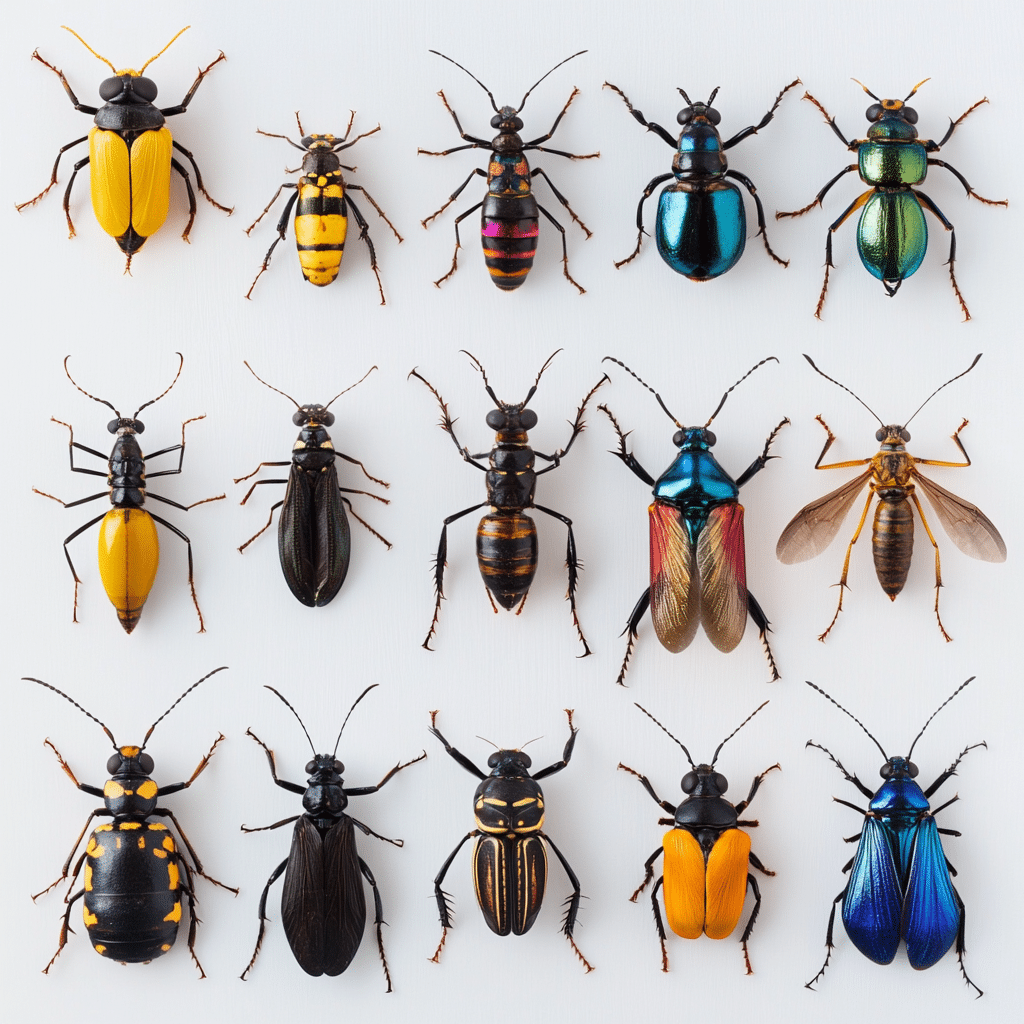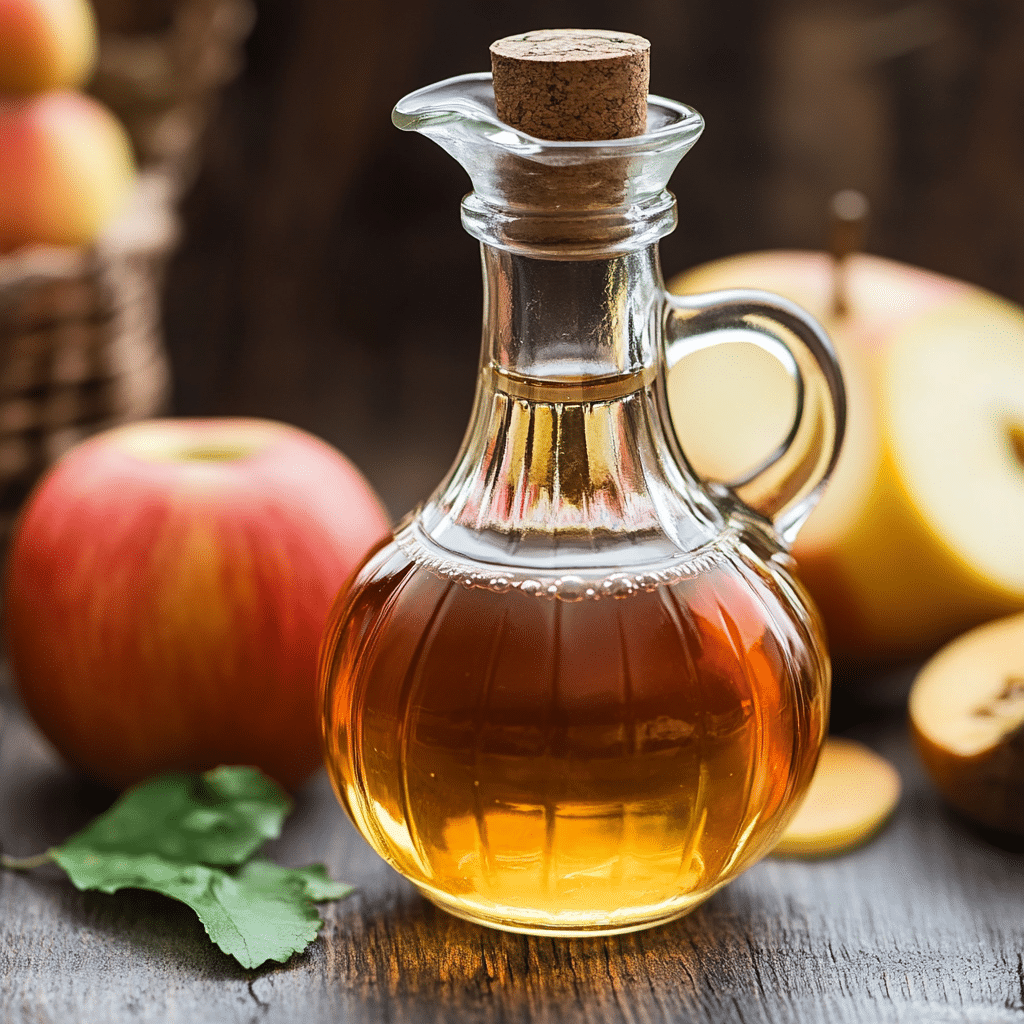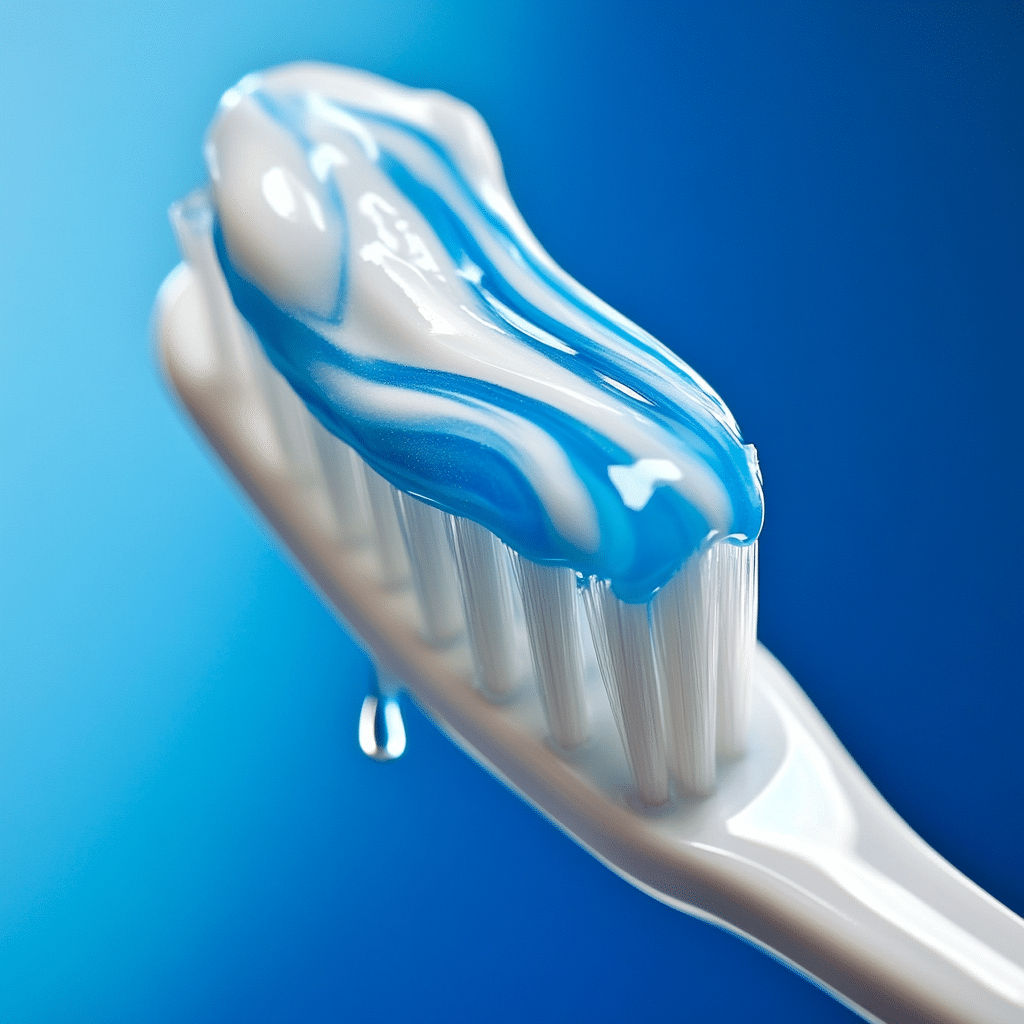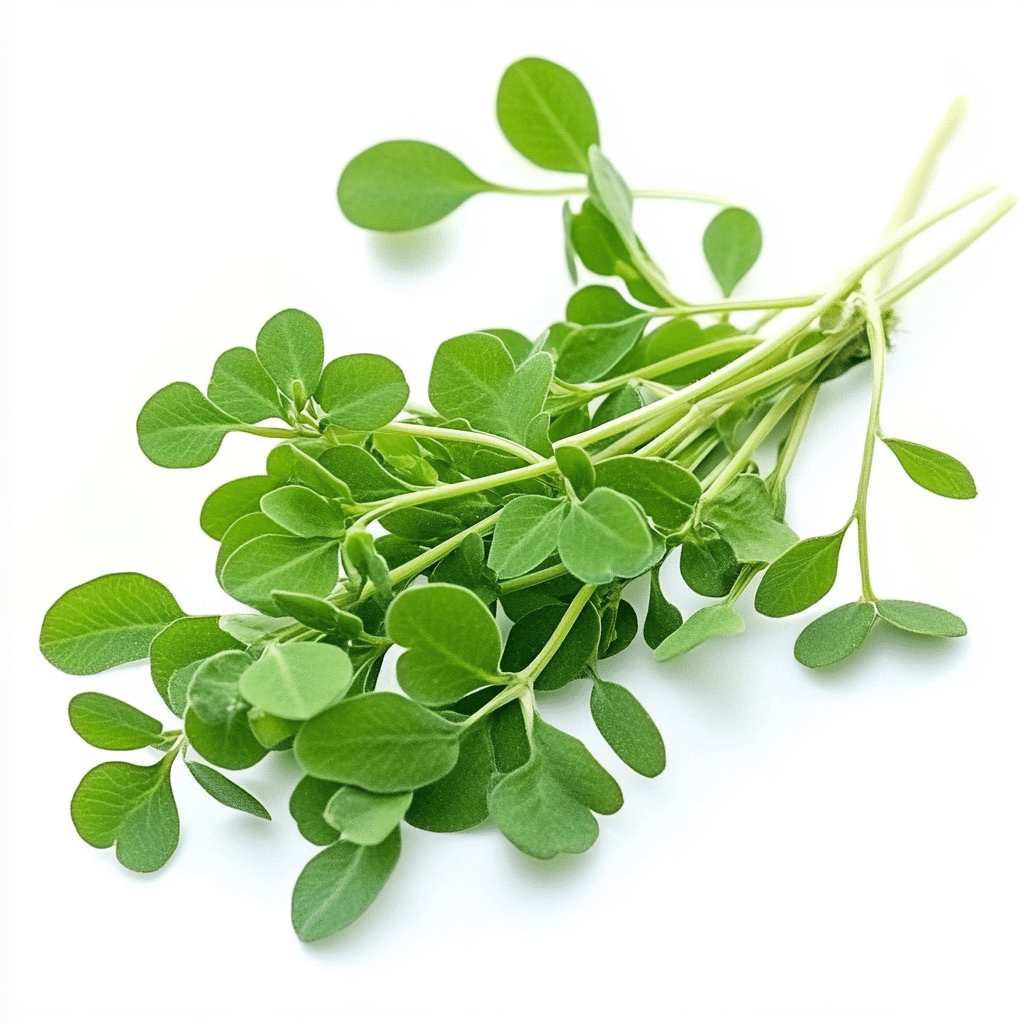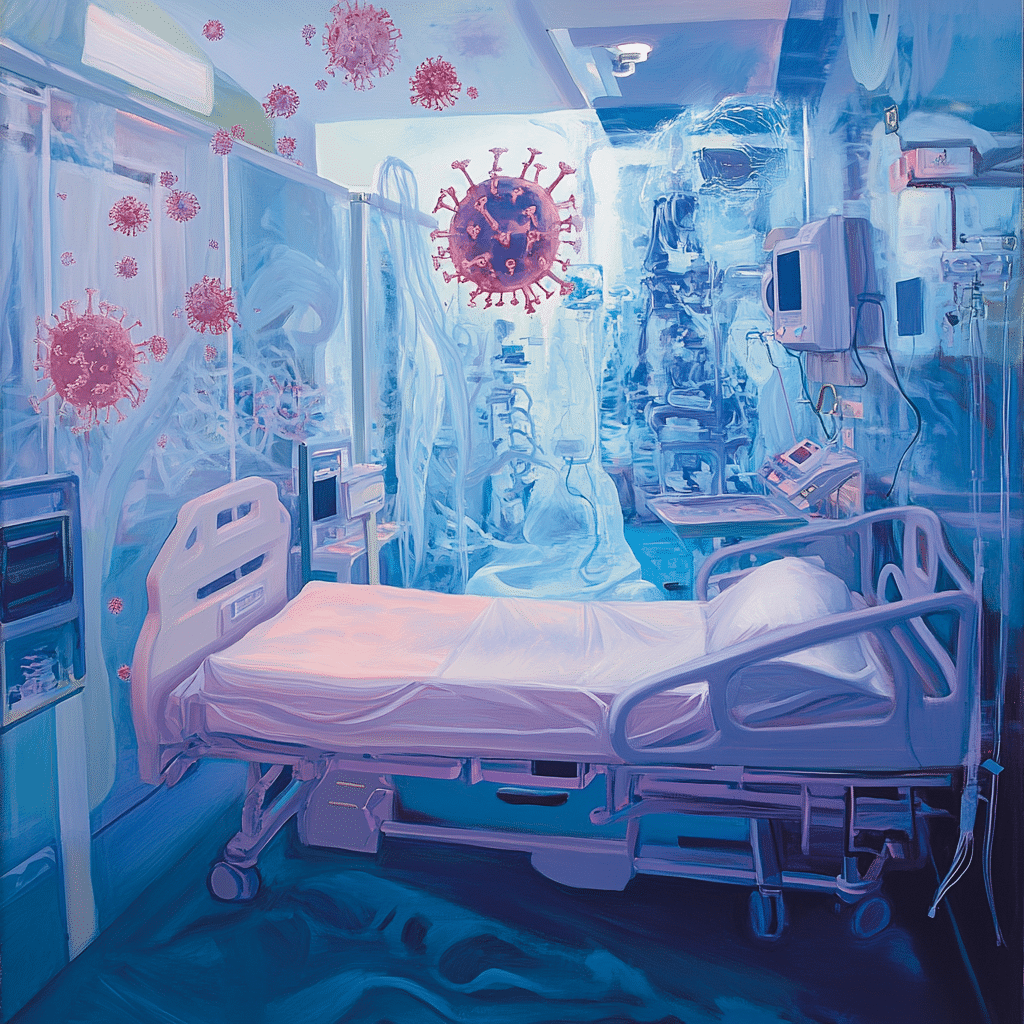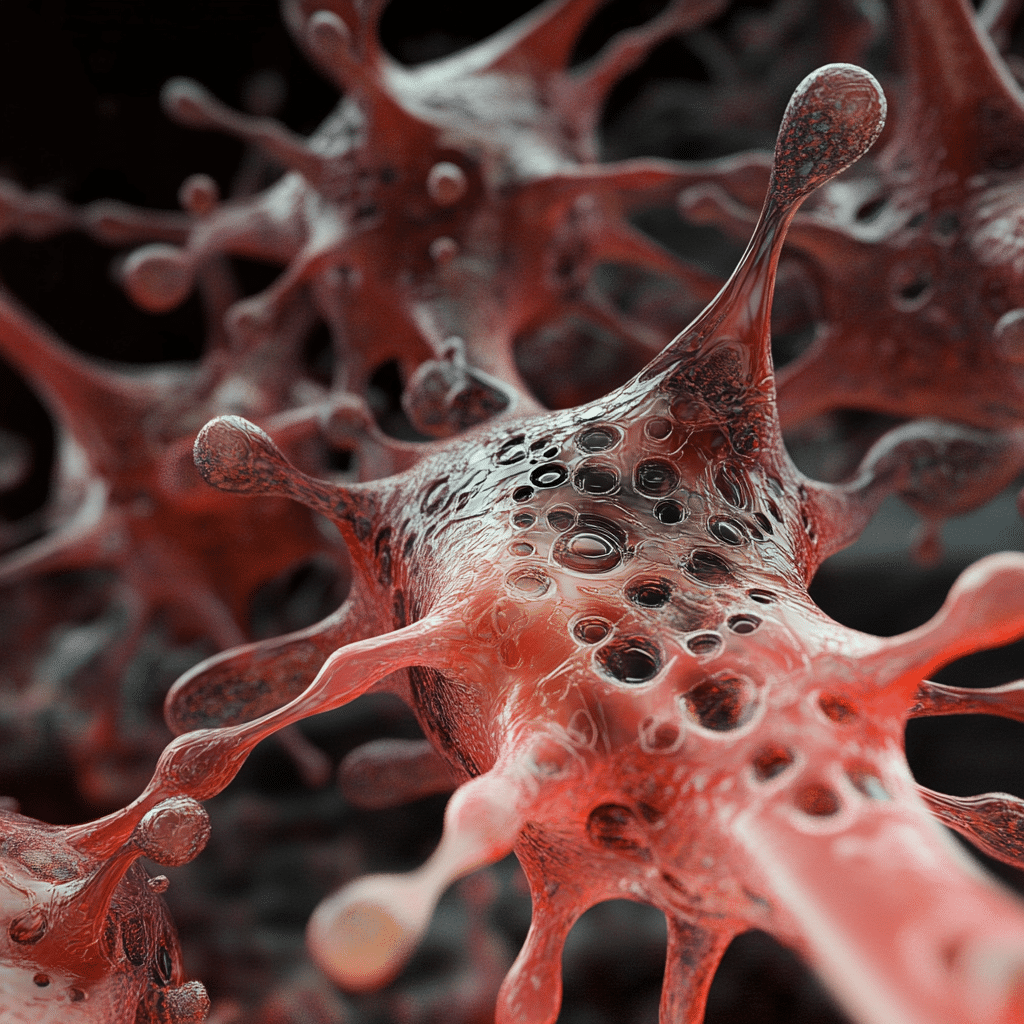When you hear the term livedo reticularis, you might picture something abstract. Yet, this remarkable skin condition isn’t just a fascinating visual; it’s a loud signal from your body that should never be ignored. Characterized by a stunning net-like pattern that can catch anyone’s eye, livedo reticularis often shows up on your arms or legs, sporting a purplish or reddish discoloration. But what does it mean? Not only does this condition create unique aesthetics; it may also hint at underlying health concerns that deserve our attention.
Livedo reticularis can change its appearance based on various triggers. Temperature variations, specific medical conditions, and even reactions to medications can flare up these vascular anomalies. Like Arnold’s biceps bulging after a killer workout, this condition demands our focus. So, let’s dive into what causes it and how we can manage it effectively.
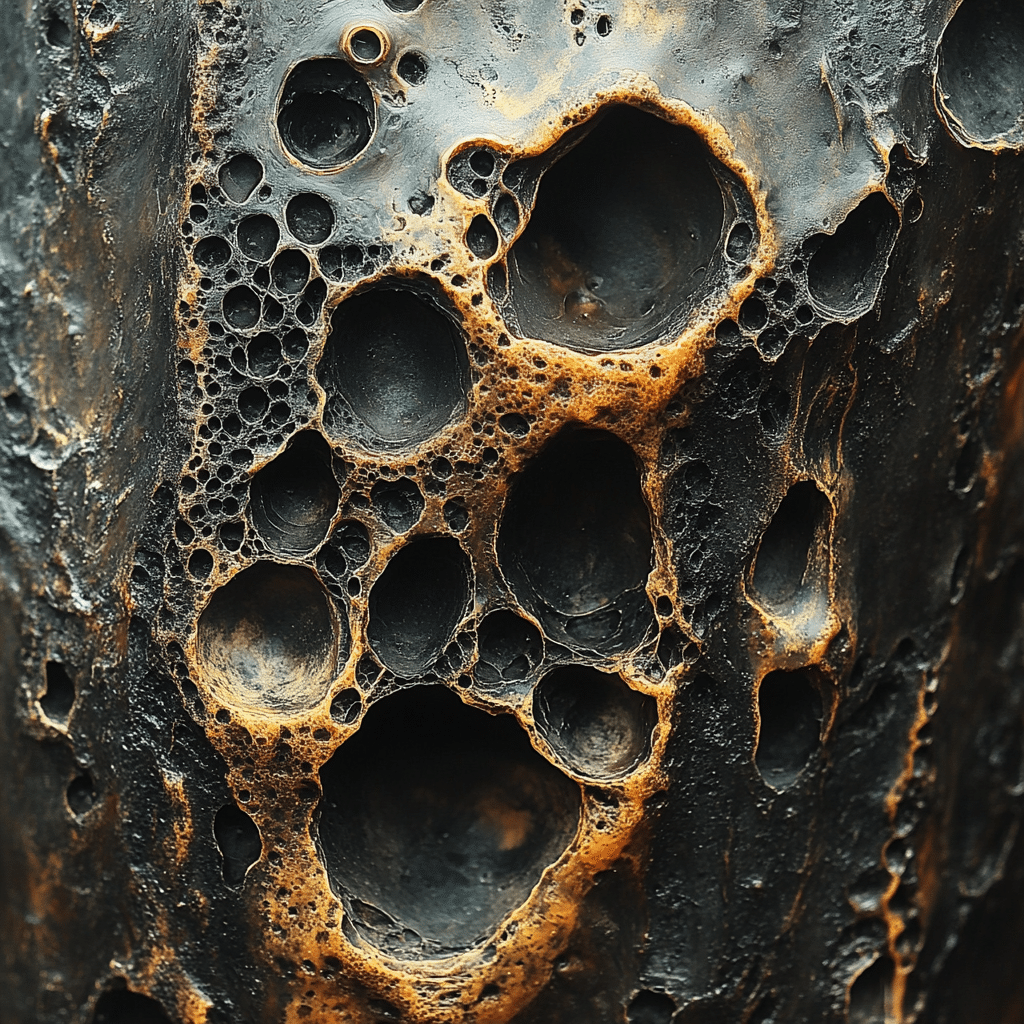
Top 5 Causes of Livedo Reticularis
1. Vascular Conditions
Your blood vessels are vital for maintaining healthy circulation. Certain vascular conditions, particularly antiphospholipid syndrome, can signal livedo reticularis. This autoimmune condition develops antibodies that encourage blood clotting. Consequently, you may see that striking skin pattern manifest as blood flow becomes disrupted. It’s like trying to lift heavy weights with a weak grip—things just don’t work as smoothly!
2. Cold Exposure
Feeling chilly? If you’ve been exposed to cold temperatures, you might find your livedo reticularis getting more pronounced. Cold weather leads to constricted blood vessels, which can cause that distinct net-like pattern to show up in all its glory. The longer you freeze, the more visible the changes can become. Think of it like trying to flex in a freezing gym—your body just doesn’t want to cooperate.
3. Infections
Some infections can trigger livedo reticularis, too. Imagine contracting a viral infection like varicella-zoster. Your body’s inflammatory response can create that eye-catching skin pattern as a reaction. The body’s fight against harmful intruders may make you more aware of your skin and overall well-being—but you might want to consult a healthcare professional to ensure it’s nothing serious.
4. Medication Reactions
Ever taken coricidin for a cold? Well, you might want to know that this common over-the-counter medication can induce livedo reticularis in sensitive individuals. If you notice those patterns after taking certain medications, it’s time to consult your doctor. You don’t want to be left wondering about your health while a simple med switch could be the solution!
5. Collagen Vascular Diseases
Conditions like systemic lupus erythematosus (SLE) or dermatomyositis can be linked to livedo reticularis. These autoimmune disorders compromise blood vessels, allowing that eye-catching pattern to emerge. It’s a call for attention—an indicator to seek proper medical evaluation to avoid complications down the road.

The Relationship Between Livedo Reticularis and Underlying Health Issues
Let’s face it, livedo reticularis doesn’t just pop up for fun; it often serves as a clinical marker for more severe health issues. For instance, it’s closely connected to illnesses like vasculitis, characterized by inflamed blood vessels. It’s essential to identify these root causes promptly. Remember, timely diagnosis allows for better outcomes—just like an early intervention in your training leads to better gains.
Do you ever feel neck pain? It could relate to the levator scapulae muscle. If this muscle’s tight, it might exacerbate circulatory problems, making livedo reticularis even more visible. There’s more to your skin’s appearance than meets the eye, so listen to your body!
Management Approaches for Livedo Reticularis
So, what can you do if you, unfortunately, find yourself dealing with livedo reticularis? Managing this condition involves going beyond skin care; it requires tackling the underlying causes.
1. Passive and Active Warming Techniques
Using heat, whether through warm compresses or cozy winter gear, can reduce the intensity of livedo reticularis. Keeping your body warm aids blood flow and minimizes the net-like appearance. Picture yourself wrapped snugly in a blanket after an intense workout—hey, even fitness enthusiasts need downtime!
2. Targeting Underlying Conditions
For those diagnosed with something like antiphospholipid syndrome or lupus, your treatment strategy should focus on those primary diseases. Depending on the situation, medications like anticoagulants can enhance blood flow and lessen the livedo reticularis symptoms. Don’t forget, those stacked supplements need to work for you!
3. Lifestyle Modifications
Incorporating exercise into your daily routine can improve circulation for better vascular health. Throw in activities that help manage stress levels for optimal results. Just as a well-planned training regimen builds muscle, engaging in consistent physical activity supports your blood vessels’ health!
4. Consultation with Specialists
Don’t underestimate the power of expertise! Consulting dermatologists or rheumatologists can give you a well-rounded perspective on your skin issues. A comprehensive examination might provide the answers you seek—after all, knowledge is power!
Concluding Thoughts on Livedo Reticularis: Patterns and Pathways
Understanding livedo reticularis puts you in control. This condition may seem like just another skin phenomenon, but it can signify more profound health implications. By recognizing the various causes—from vascular abnormalities to dietary impacts—you arm yourself with the knowledge to act decisively. Don’t overlook unusual patterns on your skin; they could lead to better health outcomes down the road.
As we strive for peak physical performance and a ripped appearance worthy of admiration, let’s not forget the messages our bodies are communicating. Livedo reticularis serves as a reminder to pay attention. So, take charge of your health, seek advice when needed, and remember: every good workout is one step closer to your fitness goals!
Livedo Reticularis: Fascinating Facts and Trivia
The Art of Patterns
Livedo reticularis is best known for its striking, lace-like appearance on the skin, but did you know that this condition often signals something deeper? While many notice these eye-catching patterns, they can point to vascular issues like metabolic alkalosis. Found predominantly in the legs and arms, the distinctive mottled skin can be more than just a cosmetic concern; it might indicate an underlying health issue, often prompting further medical investigations. Speaking of patterns, it’s interesting to note how our bodies utilize the quadriceps femoris muscle to maintain mobility despite these skin irregularities.
Historical Context
The concept of livedo reticularis isn’t a modern phenomenon. Historical accounts suggest that physicians have observed these patterns for centuries, yet they remain a mystery to many. The fascination doesn’t end there! Just like the spontaneous trends in social media, such as the rise of figures like Lil Tay’s brother, livedo reticularis seems to pop up and disappear in unexpected ways. People often wonder what causes these skin manifestations, much like they ponder over what’s trending or the next big topic—what’s tomorrow, anyway?
Connections to Seasons
Moreover, the condition can fluctuate with seasonal changes. Interestingly, some studies hint that cooler temperatures might exacerbate the appearance of livedo reticularis, causing it to showcase those bold patterns that turn heads. As you adapt to the changing seasons, you might also want to refresh your style with fall hair colors to match the vibe. And let’s not forget about those summer hats—you’ll want one to keep you stylish and protected from the sun while being aware of how your body reacts to temperature changes throughout the year.
These engaging facts surrounding livedo reticularis not only add a fun twist to your knowledge but remind us how intricately our bodies respond to various factors, much like how we adapt our looks and styles across seasons or the influence of impactful speakers leaving us motivated to try something new!




